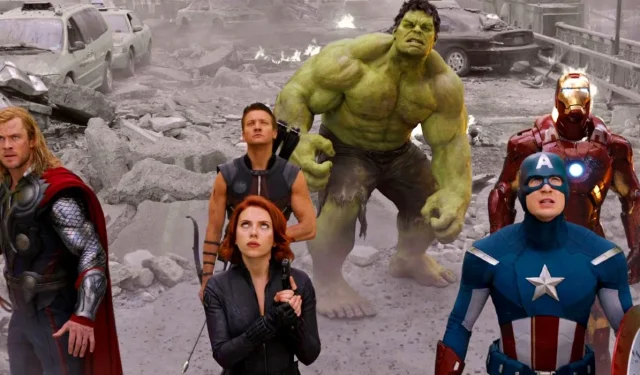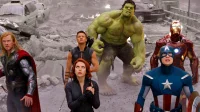With the introduction of the Thunderbolts*, the Marvel Cinematic Universe (MCU) has unveiled a new iteration of heroes known as The New Avengers. This fresh team stands in stark contrast to the original Avengers, prompting a closer examination of how these two groups compare and what makes them distinct. Over the years, the MCU has woven narratives around remarkable individuals, each dedicated to safeguarding humanity, eventually forging a unified team capable of greater collective action. Nonetheless, the original Avengers were not without their shortcomings.
In a similar vein, the ensemble of heroes introduced in Thunderbolts* showcases their vulnerabilities right from the start. These individuals have endured significant hardships, leading them to paths as mercenaries, assassins, or experimental subjects. However, despite their troubled pasts, this motley crew has come together to form a cohesive unit, earning their title as The New Avengers, thanks in part to Valentina Allegra de Fontaine’s intervention. Notably, they possess certain advantages over their predecessors, even though their abilities may not be as diverse and their histories cast shadows.
The Avengers: Earth’s Mightiest Heroes vs. The New Avengers: A New Kind of Family
Together in Uniqueness: How The New Avengers Collaborate
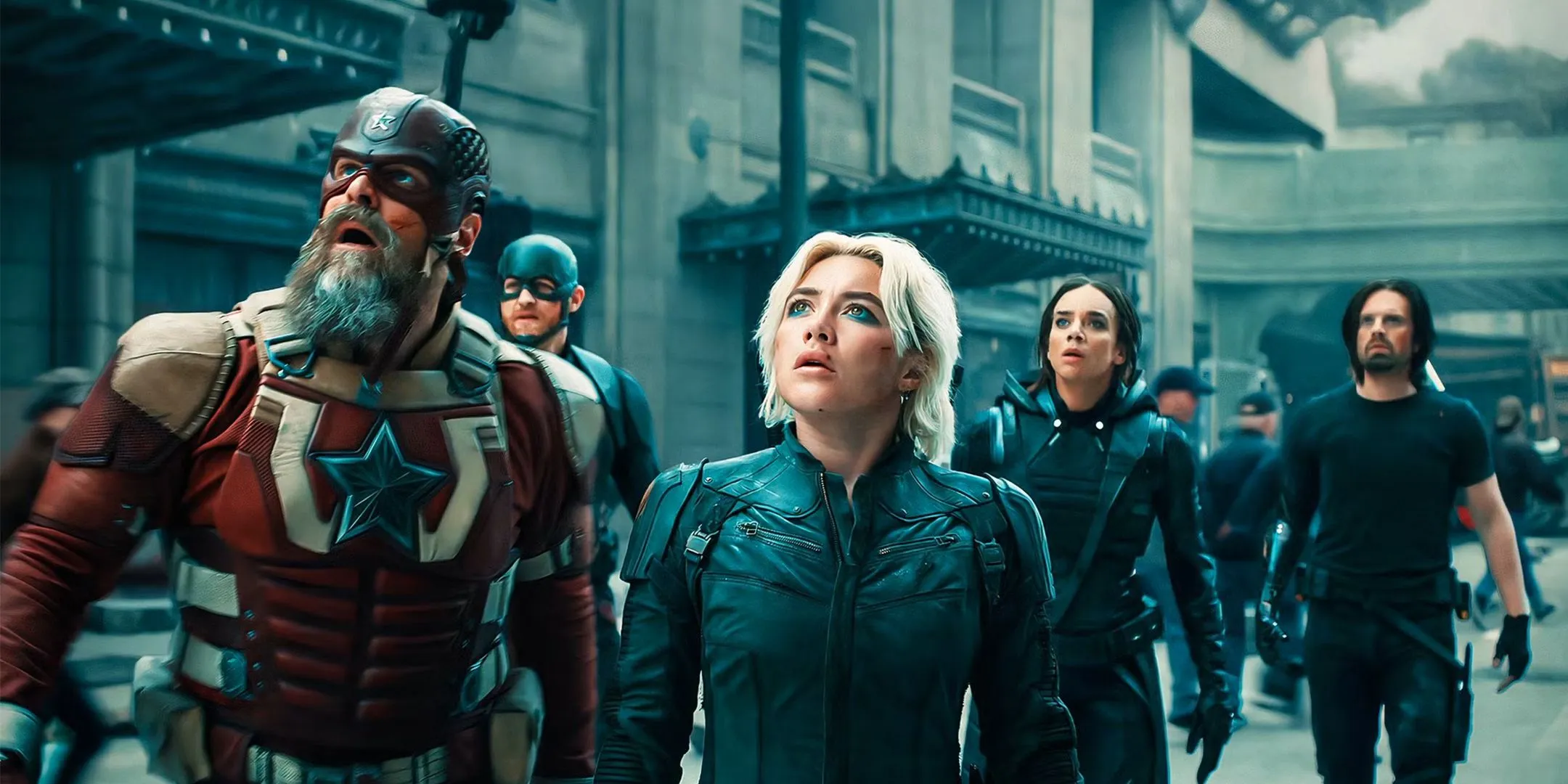
The Avengers were originally convened by Nick Fury, a SHIELD operative, after recognizing the need to unite various superheroes and remarkable individuals as part of the Avengers Initiative. Despite the intention behind their formation, it took years of buildup, and a significant crisis finally compelled Fury to activate the initiative and gather the heroes individually. However, once assembled, these heroes grappled with personal differences and conflicting ideologies.
Contrastingly, The New Avengers emerged from a chaotic moment—a mission assigned by Valentina that ironically tasked team members with eliminating each other. Upon discovering Valentina’s deception, the group formed an uneasy yet resilient alliance, gradually adding new members. What sets The New Avengers apart from their esteemed predecessors is their ability to quickly rely on one another, recognizing shared burdens and deciding to shoulder them collectively. Their journey from strangers to allies unfolded in just a day, showcasing a remarkable sense of empathy and support.
Leadership Dynamics: Steve Rogers and Tony Stark’s Approaches
Navigating Differences: The Avengers’ Challenges
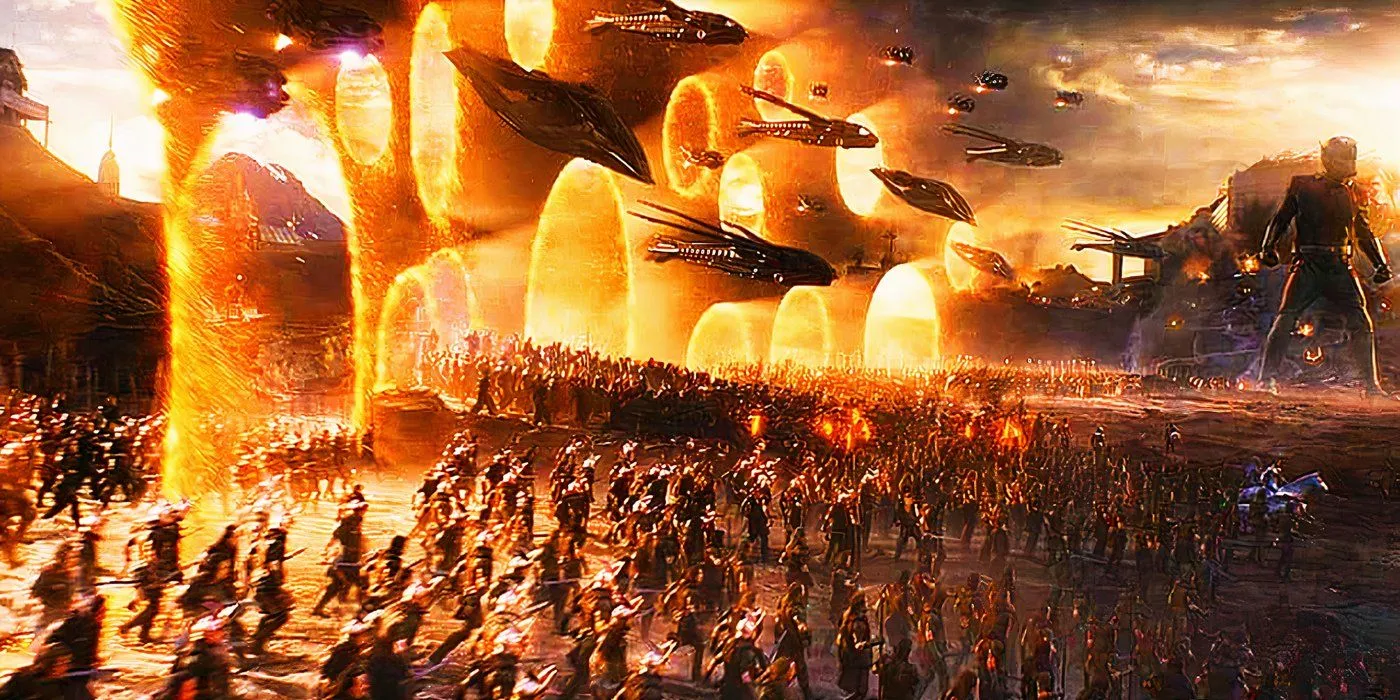
The Avengers’ formation might have been prompted by careful planning, but egos clashed when they were called into action. Steve Rogers, a wartime hero, naturally took on the role of leader. Yet, he faced considerable resistance from his teammates, including a genius billionaire, a Norse god, and a man with the propensity to become a powerful beast. Their differing motivations created tension right from the start.
On the other hand, Tony Stark’s influence was palpable, especially on characters like Bruce Banner. Even before the Avengers united, fractional disagreements had emerged, highlighting their lack of cohesiveness. Despite ultimately saving New York from extraterrestrial threats and confronting adversaries like Ultron, unresolved conflicts led to a split in the team, with Stark and Rogers leading separate factions. Their bond may have deepened over time, but significant ideological divides challenged their unity.
The Bedrock of The New Avengers: Yelena Belova and Bucky Barnes
Flexibility in Leadership: The New Avengers’ Approach
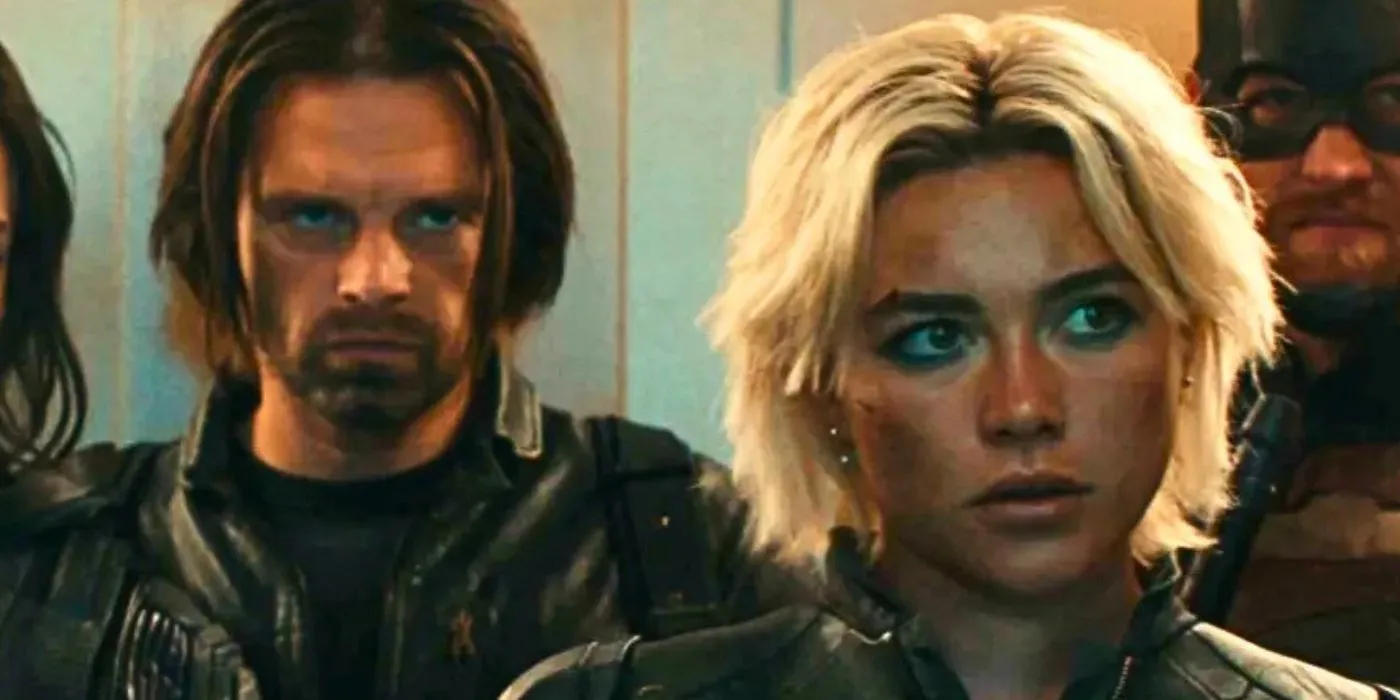
Within The New Avengers, two characters stand out as natural leaders: Bucky Barnes and Yelena Belova. Bucky, once Captain America’s closest ally and a seasoned combatant, brings decades of tactical experience. However, he shies away from the spotlight, preferring a supportive role that may stem from his burden of guilt associated with his past as a brainwashed assassin.
Conversely, Yelena Belova embraces her challenging past as an assassin and rises to leadership. Her ability to confront hardships empowers her, making her a compelling leader who understands others’ struggles. Her compassionate nature enables her to forge strong connections, exemplified by her relationship with Bob in Thunderbolts*. Yelena’s skill in organizing her team based on their strengths further cements her position as an effective leader.
Cohesion Beyond Compare: The New Avengers’ Potential
Unity in Diversity: The New Avengers’ Dynamic
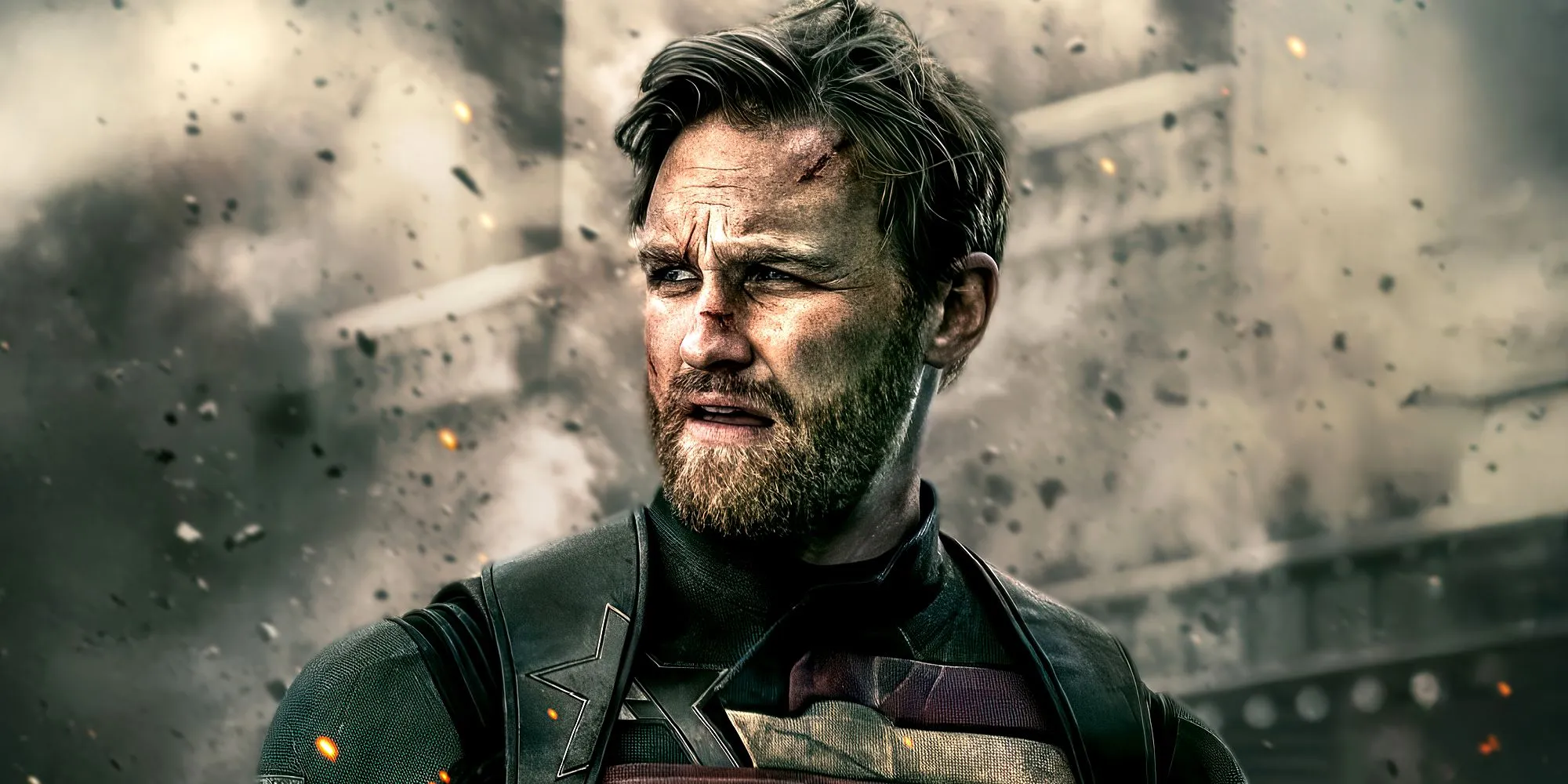
While some perceive The New Avengers as a potential downgrade from the Steve Rogers and Tony Stark-led team, this new cadre of heroes is uniquely positioned to enact meaningful change. Their origins as mercenaries and assassins have instilled in them a drive to atone for their past actions. Recognizing shared regrets allows them to support one another effectively and ensure accountability.
Yelena’s leadership further solidifies their teamwork, as she adeptly addresses and leverages individual strengths. Importantly, The New Avengers operate like a family, wherein flaws are acknowledged and embraced. Unlike the original Avengers, whose egos often overshadowed their intentions, this new team prioritizes collective welfare over personal ambitions. The bond formed amid the chaos of Thunderbolts* only reinforces their family-like structure, emphasizing unity amidst their diversity.
